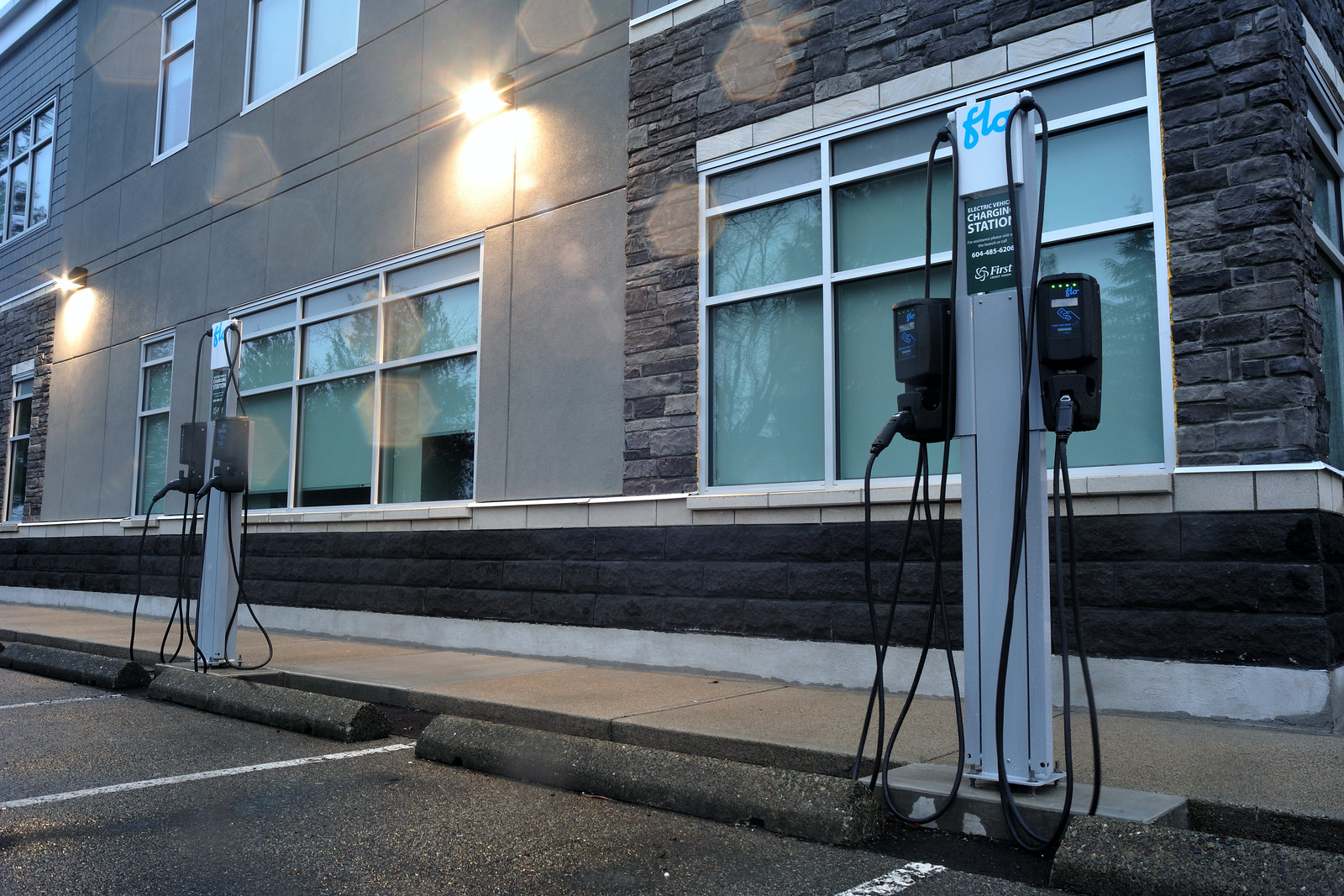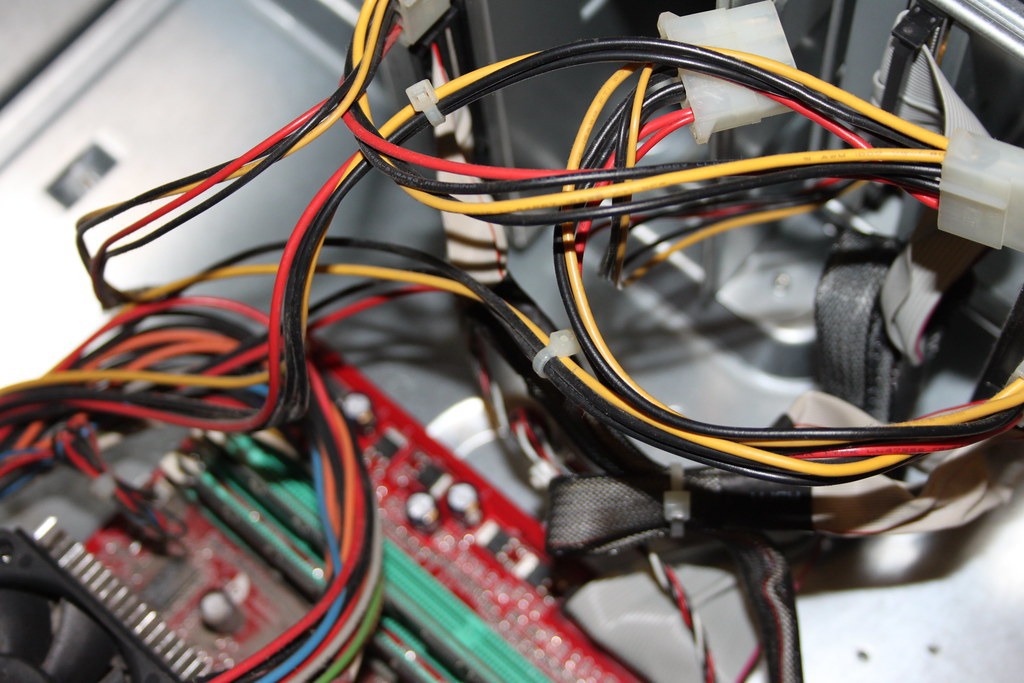Will Public Charging Make EV’s More Accessible In Social Housing?

Making electric vehicles (EV’s) accessible for more people is important for the road to net zero by 2050. An annual report by the Department for Transport reveals that domestic transport is the largest emitting sector of greenhouse gas emissions. Housing Industry Leaders investigates how EV’s can be more accessible for those living in social housing.
In the recent report by EV Energy Taskforce, five key ‘enabling conditions have been identified to ensure the deployment of a charging infrastructure that delivers good value for EV drivers, which is both attractive to investors as well as accessible and available enough to build consumers’ confidence about their ability to charge when needed.
The conditions identified are the following:
- Public charging needs to be built ahead of the need to gain consumer confidence.
- Local authorities have the tools, capabilities, powers, and recourses to ensure integrated energy and transport planning.
- Public charge points must be used and be useable.
- Whenever it is appropriate, smart charging is essential if system cost is managed.
- To create the understanding necessary for mass-market uptake, informing, educating, and protecting EV users is critical.
EV users living in social housing need public charging
Housing Industry Leaders spoke to Joel Teague, Chief Executive Officer at Co Charger Limited, about what can be done for EV users to make using EVs more accessible, especially for individuals living in social housing.

Joel Teague, Chief Executive Officer at Co Charger
Joel explained how one of the main things the government can do to make it more accessible is promoting public charging: “We are saying to the government promote charge point sharing, not just for community charging. There is destination charging and sharing apps as well. There are really good platforms out there; we just want them to see that wide-open goal behind them.
Just encourage the public to share their charge points, that will give you tens of thousands of charge points that are in exactly the right place.
“They are reliable, convenient, cheap, do that first and then look at what you need to build in public infrastructure.”
Joel expressed how the problem is that there are not enough places for people to all have an option to charge at home or work. Therefore, the government must, at all levels, share first.
If you share 10% of the private chargers that we have got, that doubles the public chargers overnight. They are in the right place, they are where people need them.
Spending money on campaigns that highlight the idea of public chargers and encourage people to share their private chargers is something that the government should do; Joel continued to say: “We are right behind them, just spend a few million on a campaign, like we did with recycling. Then that will only plug a part of the gap, but that will give you a solvable problem that public infrastructure can fill.”
However, one problem with public charging is that it can be expensive compared to having your charger at home. Joel told Housing Industry Leaders that it would work out to be cheaper in the long term because “you haven’t spent a thousand pounds on a charger, so for the first two years, you’re better off than the guy who owns the charger.”
EV chargers must be convenient, dependable, and affordable
For a person who lives in social housing, making the leap to EV charging could be difficult. Most individuals who live in social housing are living in poverty and will struggle to pay another bill. Not having their own charger and being public is counterproductive because it will still cost the individual money they don’t have.
Joel explained three things needed to make this leap more possible for these individuals – it has to be convenient, dependable, and affordable.
Convenience is key as users don’t want to have to stay with their car; they want to leave their car until it is fully charged and come back the following day. Individuals don’t have to wait until the next day; charging is now more efficient and convenient for individuals because some electric vehicles can be charged in as quick as 15 minutes.
Joel compared the electric vehicle to a mobile phone: “It is a mobile phone, and you have to charge it once a week.”
What we are now seeing which is more effective is people stop thinking electric car and think a mobile phone with wheels.
Dependability is needed because the user must have confidence in knowing that the charging point is there for them, can book it, and know that it is working.
Affordability is the third thing needed as Joel explained; if the user is spending as much as it costs them to put petrol in their car, that defeats the business case for switching to electric. He has found that a lot of people, including himself, save money by switching to electric: “A lot of us save a lot of money going to electric. They are priced higher, but they cost way less for your average person.”
For electric vehicles to be accessible for individuals who live in social housing, it is essential for public charging to be promoted by the government. Though this is still expensive for the individual, it is the cheapest and easiest way for them to make the leap to using electric vehicles.

